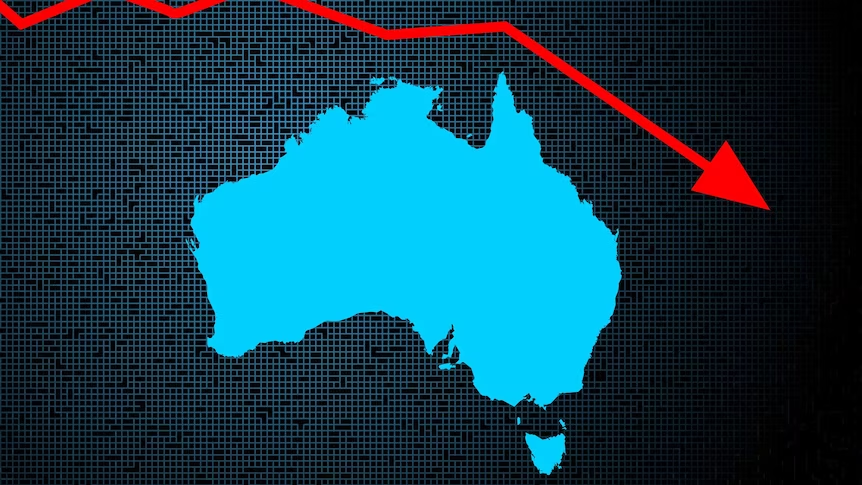Theoretical models for prosperity in an economic downturn
In the current economic climate, businesses across sectors such as hospitality, retail, professional services, and manufacturing are grappling with rising operational costs. These increases, driven by higher energy prices, escalating banking costs, and inflation, pose significant challenges. The instinctive response for many businesses might be to raise prices to maintain profit margins.
However, economic theory, particularly in supply and demand elasticity, as well as psychological and behavioural economics insights, suggests this strategy can be risky. This article explores the complexities of business survival, innovation, and growth during a cost of living crisis and outlines theoretical models to guide strategic decision-making.
Surviving in a Cost of Living Crisis
Common strategies such as raising prices, reducing product quality or quantity, cutting marketing and customer service expenses, delaying innovation, and reducing workforce can all provide short-term financial relief. However, these approaches carry significant risks, including alienating customers, damaging brand reputation, and hindering long-term growth. Small businesses must carefully balance these tactics with strategies that ensure both immediate survival and future stability.
Theoretical Models for Prosperity in an Economic Downturn
To thrive in a challenging economic environment, businesses should consider the following models:
- Supply and Demand Elasticity Economic Theory: This theory helps businesses understand how sensitive the quantity demanded of a good or service is to changes in its price.
- Price Sensitivity: Businesses must assess the price sensitivity of their products. If a product is highly elastic, a slight increase in price can lead to a significant drop in demand.
- Income Elasticity: Understanding how changes in consumer income affect demand can guide pricing strategies, especially during economic downturns when disposable income is reduced.
- Cross Elasticity: This examines how the price change of one product affects the demand for another. Businesses can use this to strategize pricing and product bundling.
- Psychological Factors: Psychology plays a crucial role in consumer decision-making, especially during financial uncertainty.
- Loss Aversion: Consumers are more affected by losses than equivalent gains. Framing a price increase as a smaller discount reduction can be less off-putting.
- Perceived Value: Businesses should focus on enhancing the perceived value of their offerings. This involves not just the product but the overall customer experience.
- Consumer Trust: Building and maintaining consumer trust is crucial. Transparent communication about why price changes are necessary can help mitigate negative reactions.
- Behavioral Economics: This field integrates insights from psychology with economic theory to better understand consumer behaviour.
- Nudging: Subtle changes in how options are presented can influence consumer choices. For example, emphasizing the quality or unique benefits of a product can justify a higher price.
- Anchoring: The initial price set for a product serves as an anchor, influencing consumers’ perception of subsequent prices. Businesses can strategically use anchoring to set customer expectations.
- Behavioural Loyalty: Leveraging loyalty programs and personalized experiences can enhance customer retention, even if prices are adjusted.
Other models worth considering include …
- Value-Based Pricing: Rather than cost-plus pricing, this strategy sets prices based on the perceived value to the customer. It requires a deep understanding of what customers value and are willing to pay for, which can be informed by robust market research and data analysis.
- Cost Management and Efficiency: Reducing operational costs without compromising quality is crucial. This can involve streamlining operations, renegotiating supplier contracts, and adopting new technologies to improve efficiency.
- Product and Market Diversification: Expanding product lines or entering new markets can mitigate risk. For instance, a company might introduce a budget-friendly product line or explore online sales channels to reach a broader audience.
- The Experience Economy: Businesses that offer unique, memorable experiences can differentiate themselves from competitors. This could include exceptional customer service, immersive brand experiences, or exclusive product offerings.
- Adaptive Strategy and Contingency Planning: Flexibility and the ability to adapt to changing market conditions are vital. Businesses should develop contingency plans for various economic scenarios and adjust their strategies accordingly.
Market Research and Data Analysis
As businesses navigate through a cost of living crisis, market research and data analysis remain central to making informed decisions. Understanding the landscape through data allows businesses to:
- Predict Market Movements: By analysing historical data and current trends, businesses can forecast potential market movements and consumer reactions, allowing for proactive rather than reactive strategies.
- Customize Offerings: Data-driven insights enable businesses to customise their product or service offerings to better meet the needs of different market segments. This personalisation can enhance customer satisfaction and loyalty.
- Monitor Performance: Regularly tracking key performance indicators (KPIs) helps businesses assess the effectiveness of their strategies and make necessary adjustments in real-time.
Conclusion
Surviving and thriving during a cost-of-living crisis requires businesses to be strategic, informed, and adaptable. By leveraging market research and data analysis, understanding economic theories, and applying psychological and behavioural economics insights, businesses can navigate these challenging times. Rather than simply raising prices, businesses should focus on delivering value, managing costs, and exploring new market opportunities. With a thoughtful approach, businesses can not only survive but also prosper in an uncertain economic environment.




